Unveiling the Secrets of CFM in Compressors
When searching for the perfect air compressor for your commercial or DIY undertaking, you must take into account CFM – or cubic feet per minute. Providing an understanding of the airflow output of a compressor, this figure is among the most influential factors when selecting an appropriate system. From powering pneumatic tools, to inflating tires, air compressors are a foundational facet of various projects and organizations. Obtaining the ideal CFM is essential to ensure you have the proper compressor for your task.
To make sense of CFM, it helps to be familiar with an air compressor’s system. A motor-powered piston squeezes air into the tank, where it is then held under pressure. This pressurized air is then pushed through the regulator followed by a hose for release. CFM measures the amount of air that can escape the tank in a span of time.
To find out the CFM rating of an air compressor, manufacturers need to track the quantity of air which is expelling from the tank for a period of sixty seconds. Ultimately, a CFM rating is established by computing the volume of air transmitted in one minute – which is known as CFM (cubic feet per minute).
The CFM rating of an air compressor plays a crucial role in determining its suitability for power tools or tire inflation. Generally, the higher the CFM rating, the more plentiful the air supply, thus enabling larger tools and tires to be operated or inflated more promptly. Conversely, a compressor with a lower CFM rating will deliver less air and is therefore better suited for smaller-scale applications.
The CFM rating of an air compressor does not equate to the strength of the machine; rather, it explains how much air is emitted out of the container in sixty seconds. The true measure of power in a unit should be quantified in horsepower (HP) or kilowatts (kW).
It is essential to make sure the CFM rating of the air compressor is perfectly matched to the job you need it for. Buying something too strong may mean you are spending extra on power and fuel, while something too weak will take longer for the task to be done. To get the ideal air compressor, correct CFM is the golden rule.
When using pneumatic tools, it is essential to select an appropriate CFM rating. Certain tools can only be powered correctly if the CFM rating from the compressor is right. If the CFM rating is not consistent with the one the tool requires, it may not be able to operate efficiently.
In the end, CFM should always be taken into account when choosing an air compressor. CFM stands for Cubic Feet per Minute, which evaluates the quantity of air that is discharged from the storage tank in one minute. A greater CFM rating equates to the compressor having the ability to generate more powerful air output, which is beneficial for powering extensive tools or tire inflators. Therefore, to get the optimal performance from your air compressor, it is essential that you select an applicable CFM value according to the particular job.
To determine the efficacy of an air compressor, one of the most vital metrics is CFM, or cubic feet per minute. This gauge quantifies the amount of air that an air compressor can offer, often utilized in many industries to compress air before harnessing it for various applications. In this article, we will analyze what importance CFM holds and how it is measured in terms of the performance of an air compressor.
The abbreviation CFM stands for cubic feet per minute, indicating the air flow capacity of a compressor. To calculate CFM, the total area of input and output portals is multiplied by the speed of the air stream as it passes through. Simply put, it is the magnitude of air pushed out in a given timeframe by the compressor.
Acquiring an air compressor? It is vital to be aware of the CFM necessary to get the job done. Depending on the product you select, this figure is normally featured in the item’s technical specs. Whenever uncertain about how much CFM you must have, making use of a calculator ought to make it easier to work out. Simply plug in the air pressure and the quantity of air you need for the compressor and it will do the math.
Finding the right air compressor for the job means considering more than just horsepower and running pressure. An important metric to look at is the compressor’s Cubic Feet per Minute (CFM) rating, which serves as an indicator of how much air it is able to move in any given duration. A properly-sized compressor will move the amount of air needed without any unnecessary drain on energy, while one with too low of a CFM rating won’t get the job done. Moreover, an excessive CFM rating could mean you’re paying for more than you need.
The strength of an air compressor is determined by its combination of PSI and CFM. PSI, or pounds per square inch, measures the pressure and force generated by the compressor and serves as a benchmark for assessing its ability to move air. If the PSI rating is high, it suggests that the compressor can produce a greater amount of air pressure and will be able to circulate more air. The PSI and CFM ratings determine how effective an air compressor is.
It is essential to take into account the CFM and PSI ratings of an air compressor before making a purchase. If the device lacks the necessary specs, its potential to efficiently carry out the job may be severely diminished. Additionally, make sure to consider the size and weight of the compressor- being larger and heavier can make it trickier to transport.
Whenever purchasing an air compressor, its CFM and PSI ratings are key factors in determining if it will be up to the task at-hand. CFM (cubic feet per minute) denotes the rate at which air can be moved, while PSI (pounds per square inch) portrays how forcefully air is being pushed. Simply by taking these two important metrics into account, you can guarantee you are settling on an air compressor that will live up to expectations.
Post time: 2023-07-27Related Product
Warning: Use of undefined constant rand - assumed 'rand' (this will throw an Error in a future version of PHP) in /www/wwwroot/www.sunritamachinery.com/wp-content/themes/msk5/single.php on line 69
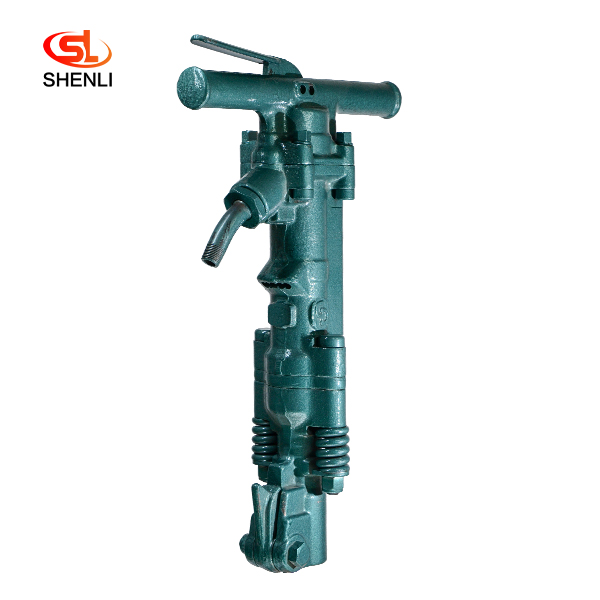
B47 Pneumatic Pick Air Shovel Cement Crusher Pneumatic Chipping Hammer
Product Description: B47 crusher adopts the mature technology of American Gardner Denver Pneumatic Group Company,It is a crushing tool powered by compressed air, which can finish r […]

Rock Drill Button Bit
Product introduction: Taper bits, especially Tapered button bits are the most popular tapered drill bits with a wide selection of head diameters from 26mm to 48mm. With carbide but […]
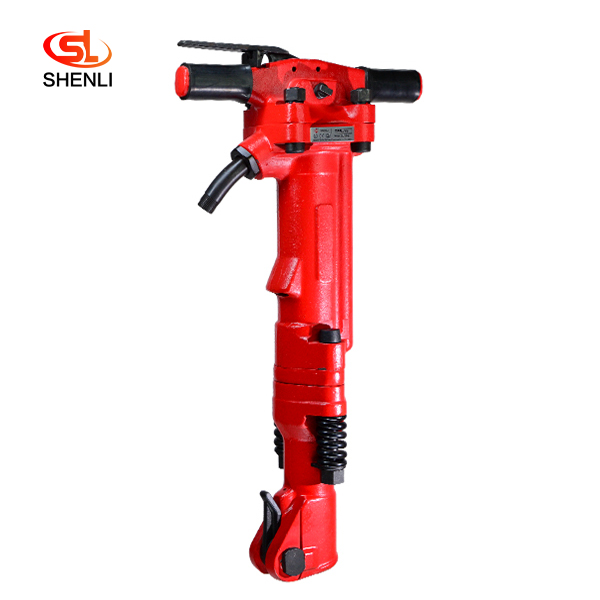
TPB90 Air Breaker Pavement Paving Breaker
Product introduction: TPB-90 crusher adopts the mature technology of TOKU Group, Is compressed air as the power of the crushing tool, can efficiently complete the reinforced concre […]
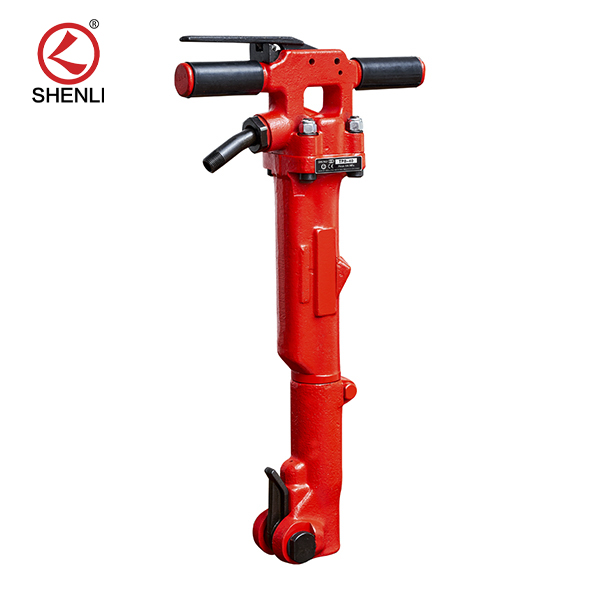
TPB40 Air Breaker Pavement Paving Breaker
Product introduction: Tpb-40 pneumatic crushing pick is a tool powered by compressed air.The compressed air is distributed to both ends of the cylinder block in turn to make the ha […]
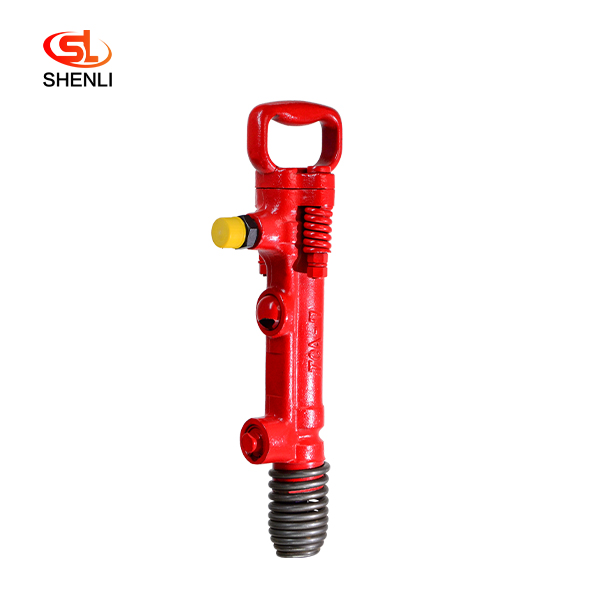
TCA7(G7)Pneumatic Pick Air Shovel Cement Crusher Pneumatic Chipping Hammer
Product introduction: Adopted Japan’s Toku technology, the air picks with proven forging technology are durable, lightweight and good performance, and easy to operate. Mainly […]
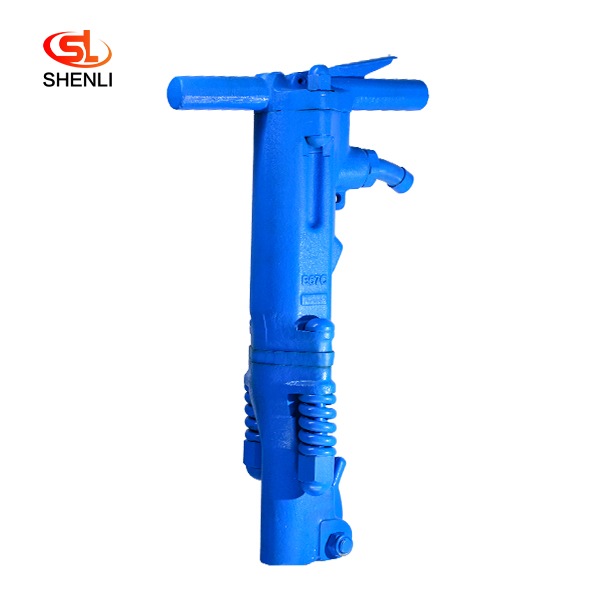
B67C Pneumatic Chipping Hammer
Product description: The B67C crusher is made from Canada. Denver pneumatic Group company mature technology, with compressed air as a power crushing tool, can efficiently complete […]
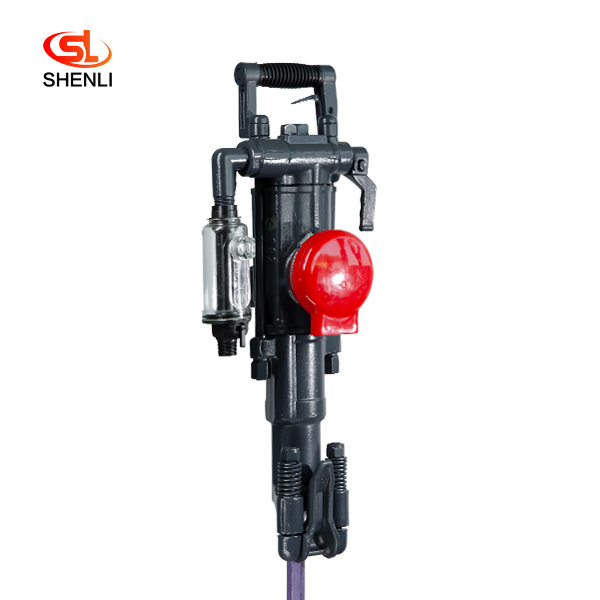
S82 Air Leg Pneumatic Rock Drill Pusher Leg Rock Drill
Scope of application: Model S82 air-legged rock drills are heavy-duty air-legged rock drills with high efficiency and low consumption, which are especially suitable for use in the […]
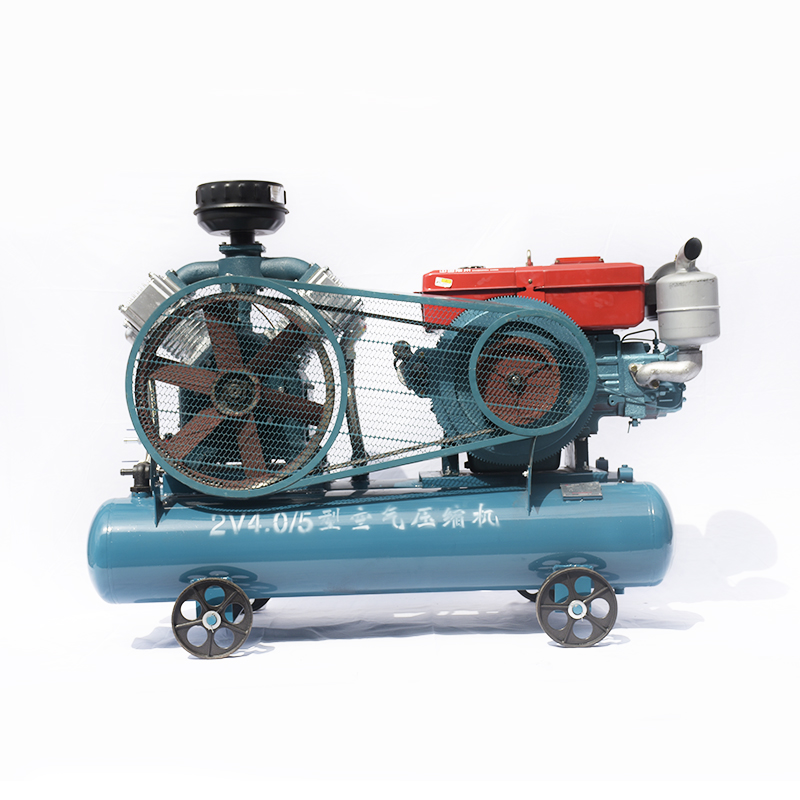
20KW Mining Diesel Piston Air Compressor 2V4.0-5
Double Air Tank Diesel Portable Best-Selling Engine Oil Piston Air Compressor are mainly used to supply stable and clean compressed air to the pneumatic tools and keep them working […]
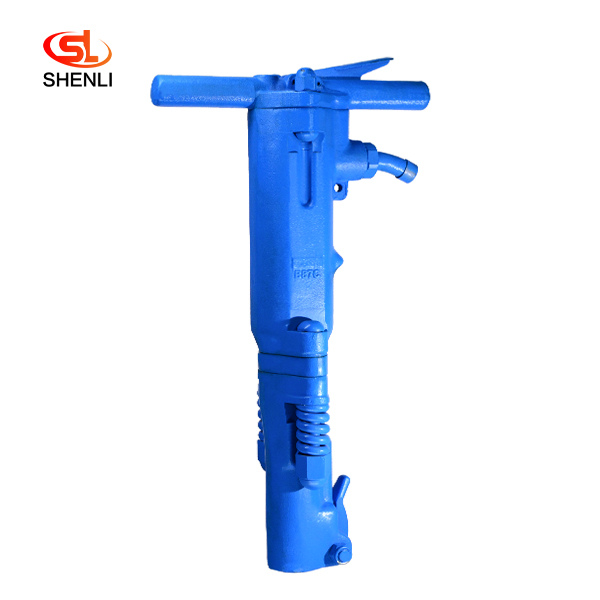
B87C Pneumatic Pick Air Shovel Cement Crusher
Product Description: The B87C crusher is made from Canada. Denver pneumatic Group company mature technology, with compressed air as a power crushing tool, can efficiently complete […]